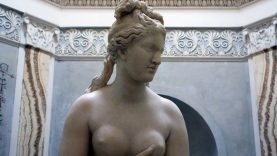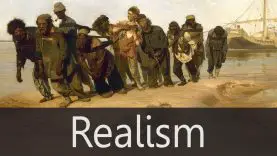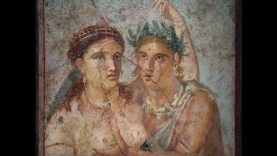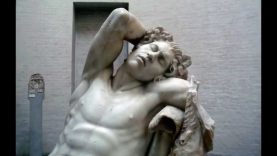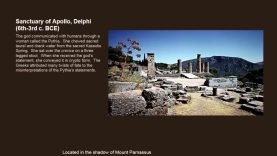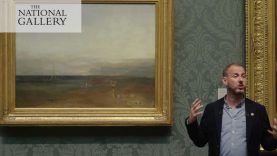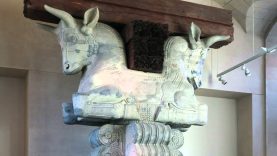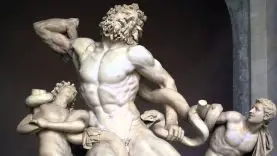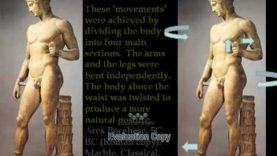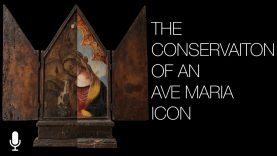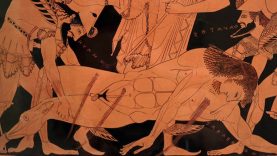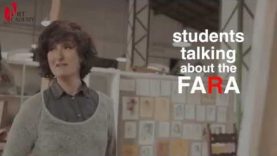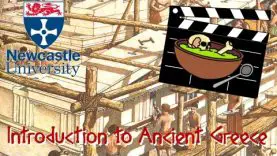How was it made? Silk Painting – Video Demonstartion
Recreating a figure from a Chinese painting in the gongbi style. Gongbi paintings are characterised by meticulous brushwork and highly coloured palettes.
Chinese ink is made in a solid form, and needs to be ground and mixed with water. A full-size line drawing, known in Chinese as huago, is made on paper with a brush and ink. The outline of the figure is carefully drawn.
A piece of silk is selected for its weave and texture. Raw silk is non-absorbent, so it needs to be treated in a process called sizing.
A solution of glue and alum is used to make the ink pigments stick to the silk.
The ratio of glue and alum must be carefully balanced. Too much alum makes the surface difficult to paint, but too little means that pigments will not adhere properly. The solution is spread with a flat brush.
The silk is stretched over a board or stretcher with paste. When the treated silk has dried, it is ready for painting.
The silk is placed over the drawing and the lines are carefully traced with ink.
The artist can change the weight of the line by varying the pressure. Because silk is thin, colour needs to be built up through a process called tuose. An even layer of paint is applied to the back of the work.
White pigment is usually used. Darker pigment is used for the dark areas.
After the paint on the back has dried, the front is ready to be painted.
First a base layer is painted. Colour pigments are prepared one by one. The painter carefully fills in the smaller areas.
Two brushes are used to create colour washes. Layers of light wash are applied over painted areas until the artist gets the right tone.
The process of building up colour and creating the right tone is painstaking and can take a long time.
Fine details such as facial features and clothing patterns can now be added. The figure’s outline is accentuated with black ink or colour for the final time.
26 October 2013 – 19 January 2014. Masterpieces of Chinese Painting 700 – 1900 brings together the finest examples of Chinese painting from the beginning of the 8th to the end of the 19th century, from small-scale intimate works by monks and literati through to scroll paintings over 14 metres long, many of which have never before been seen in the UK.



